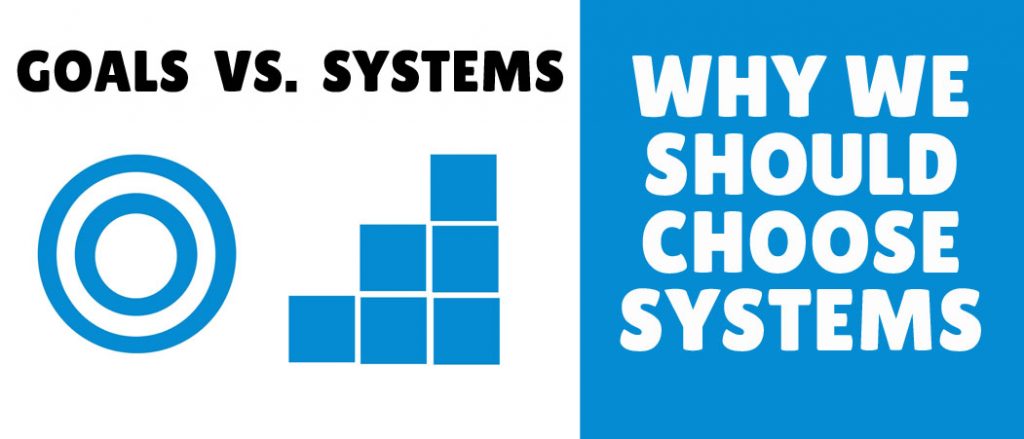We tend to look for big people for lessons on how to get better. We are always keen to learn the secrets of success. But we forget that sometimes the biggest life lessons come from the smallest things around. Take ants, for instance. Jim Rohn – the great motivational guru – developed what he called the ‘Ant Philosophy.’ He identified four key lessons from ants’ behavior that can help us lead better lives & improve daily.
# Be an Ant
One of the core values of EnergyTech Global is “Be an Ant.” Like ants, we never stop; we always go the extra mile to show an “all-you-can” attitude.

Ants never quit. (Never give up)
If ants are headed somewhere and try to stop them, they’ll look for another way. They’ll climb over, they’ll climb under, and they’ll climb around. They keep looking for another way. No matter how many times you squish their little ant hill, they build it again. No matter how many times you flick them away from your food, they come back. Ants can lift 20x their body weight.
Ants think winter all summer. (Look ahead)
You can’t be so naive as to think summer will last forever. So ants are gathering their winter food in the middle of summer.
Ants think summer all winter. (Stay Positive)
During winter, ants remind themselves, “This won’t last long; we’ll soon be out of here.” If it turns cold again, they’ll dive back down, but they come out the first warm day.
Every day, the objective is to become a better version of ourselves this year than last year.
Ants think, “all-you-possibly-can.” (Do all you can)
How much will an ant gather during the summer to prepare for the winter? All he possibly can. They don’t gather a certain amount and then head back to the hole to hang out. If an ant can do more, it does.
Ants thrive at teamwork (Experience the collective power)
Ants have two stomachs, one to hold food for themselves and one to share with others. How cool is that? If a worker ant has found a good food source, it leaves a scent trail to find the other ants in the colony. A team is not a group of people who work together. A team is a group of people who trust and help each other.
They do whatever needs to be done to get the job done! Just like the ants at EnergyTech Global!
Before you go…
If you enjoyed this post, you would love my book, “Don’t Coast: Accelerate Your Personal and Professional Growth.”
Grab your copy from the below links:
- Amazon.in –> https://amzn.to/2COdigh
- Amazon.com –> https://amzn.to/397xwh4
- Amazon.co.uk –> https://amzn.to/2WFkfXV
- Notion Press –> https://notionpress.com/read/don-t-coast
- Flipkart –> https://bit.ly/3hxEWNx
Please subscribe to my social media channels:
- Facebook: https://www.facebook.com/kishoreborraofficialpage/
- LinkedIn: https://www.linkedin.com/in/kishoreborra/
- Instagram: https://www.instagram.com/kishoreborra/
- Twitter: https://twitter.com/kishoreborra
- Blog: https://kishoreborra.com/




